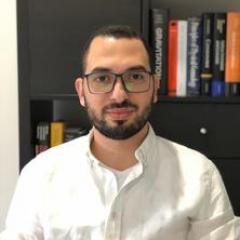Coma Fundamental plane from DESI
Project Level: Honours
Although peculiar velocity surveys usually use either Tully-Fisher for spirals or Fundamental Plane for ellipticals, DESI will be able to combine these two distance indicators in an unprecedented way.
The first sample of galaxies will be a magnitude limited sample of elliptical galaxies within the footprint of DESI survey. For this sample we will measure the traditionally measured central velocity dispersion but with some repeat observations to build SNR as well as control systematic. The DESI Legacy Imaging Surveys will provide a photometric catalog of three optical bands ($g$, $r$, and $z$) and four far-IR $WISE$ channels. The optimal filter for our purpose is the $r-$band but we will also need $g-$band for the sample selection and color separation. This photometric catalog already include the surface brightness and the angular radius. With all data in hand (velocity dispersion, surface brightness, and effective angular radius) one can establish the FP and then measure distances to elliptical galaxies in the sample.
The second sample will include spiral galaxies in the DESI footprint which will be observed with several fibers per pass in both dark and bright time. The obvious way to space the fibers will be along the major axis as much as possible. For spirals, that will allow us to measure the rotation velocity. Again, the DESI legacy Imaging will provide the apparent magnitude for all galaxies in our sample as well as inclinations. With rotation velocities and magnitudes in hand one can measure distances to these galaxies using the TF relation.
In this project, the candidate will identify all elliptical galaxies in the Coma cluster, measure the velocity dispersion using DESI spectra, investigate the best magnitude to use as a probe for the total luminosity, correct all observational effects, establish the FP relation, measure distances to all galaxies in the Coma cluster, and compare the measured distances to Coma using FP with the one from TF sample and with the literature.

